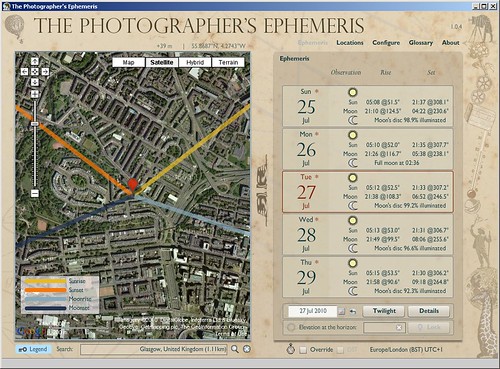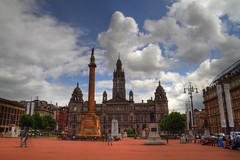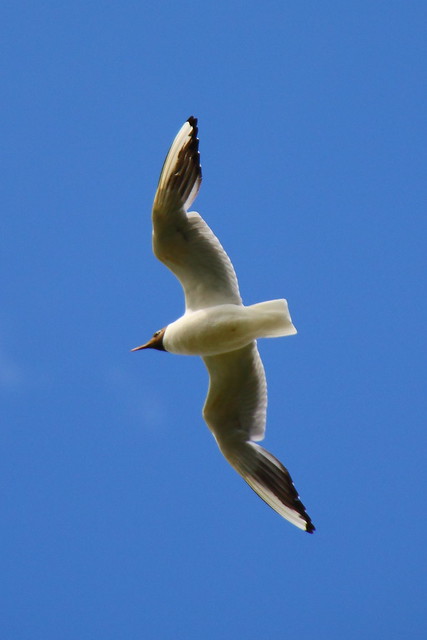
You know, there’s something to be said for plain old original recipes.
Not the New Coke. Not the chocolate Goldfish. Not the minty Oreos. Not the Pepper Jack Cheeze-Its, the New & Improved Ruffles, not a Lemon-Scented, All-New anything — everything should be the same as what you liked last week. New is not always good, people.
And lest you think we whine too much, we twice in one week have encountered something which is an abomination unto Nuggan. We were minding our own business, visiting the Bears’ Playhouse in Virginia, when our friend brought out a tub of guacamole. Because T. is allergic to many preservatives, we did a quick check of the ingredients before digging in. And choked. Guacamole… that contained peas. We thought they only sold that abomination in the UK.
Oh, HUSH. We do not want to hear about your Weight Watchers diet cookbook. We do not want to hear about how it is lower fat that way, and only adds a bit of bulk, and detracts nothing from the overall awesome that is God’s gift to us, the avocado. GUACAMOLE DOESNOT CONTAIN PEAS. Whole Foods, you ought to be ashamed. Yeah, yeah, so it was well-seasoned, but you over-seasoned it, and over-salted it, just to hide your transgressions. Guacamole celebrates the avocado. The peas were unnecessary! Why? BECAUSE GUACAMOLE DOES NOT CONTAIN PEAS! Nor Double Cream, either, for that matter. (Hello, Sainsbury’s, using saturated fat to replace wonderfully unsaturated fat!). What are you people trying to do???

Guacamole has a history. The ahuacatl was mashed with molcajetes (basically that nubbly stone mortar and pestle set) and prepared with a bit of sea salt, chilies, and a bit of tomato. The ahuacamolli was served to royalty, back in the 500’s and was a feasting favorite of the Aztecs, when Cortes and his earlier cohorts came to call in the early 1500’s. YOU CAN BET THEY DIDN’T SERVE IT TO Ol’ HERNANDO WITH PEAS. (The Spaniards thought avocado was an aphrodisiac and also ate guacamole with sugar. Yeah, way to ruin the New World foods, guys. Bleech.)
Guacamole is more than 40% Avocado. Unless you’re 1) trying to cut down on the (good for you) fat in avocados, or 2) trying to be cheap, or, you know, buying the stuff in a jar, in the UK, GUACAMOLE DOES NOT CONTAIN PEAS.
Listen up, Sainsbury’s.
Of course, if you’re trying to do some low-fat noshing these hot summer days (excluding the good-for-you fat and substituting it with carbohydrate, which will only make you hungrier), then you could try this recipe. You’d be sick and wrong, however. And disgusting. You could just, you know, do some peeling and mashing yourself. If you want low-fat in this case, we urge you strongly to consider eating less.
Because, what SANE person puts PEAS in their GUACAMOLE!?!? Seriously? Who does this? And if you say, “Me,” we have to tell you up front: we might not be able to be friends after this.
Just sayin’.


















